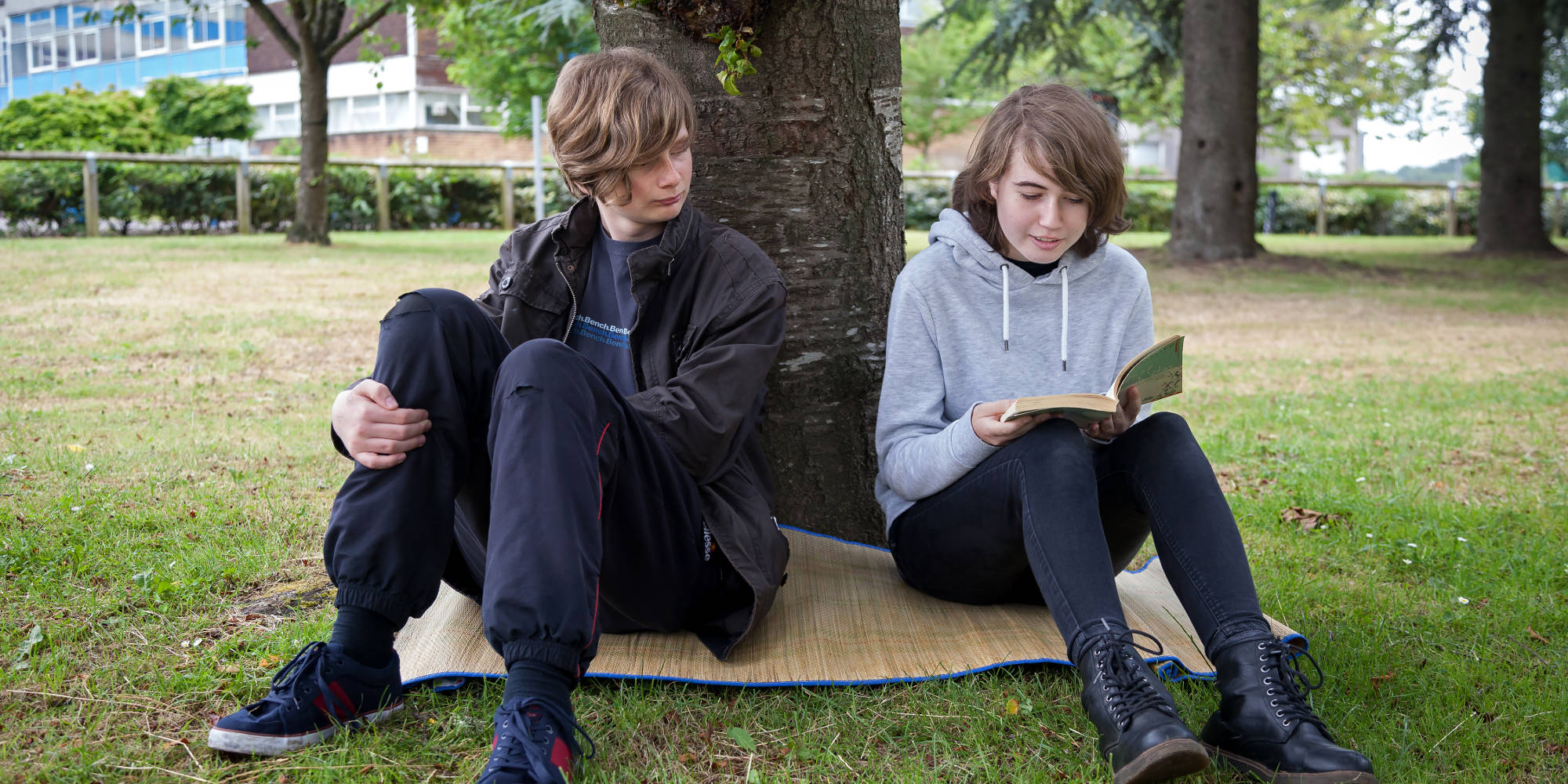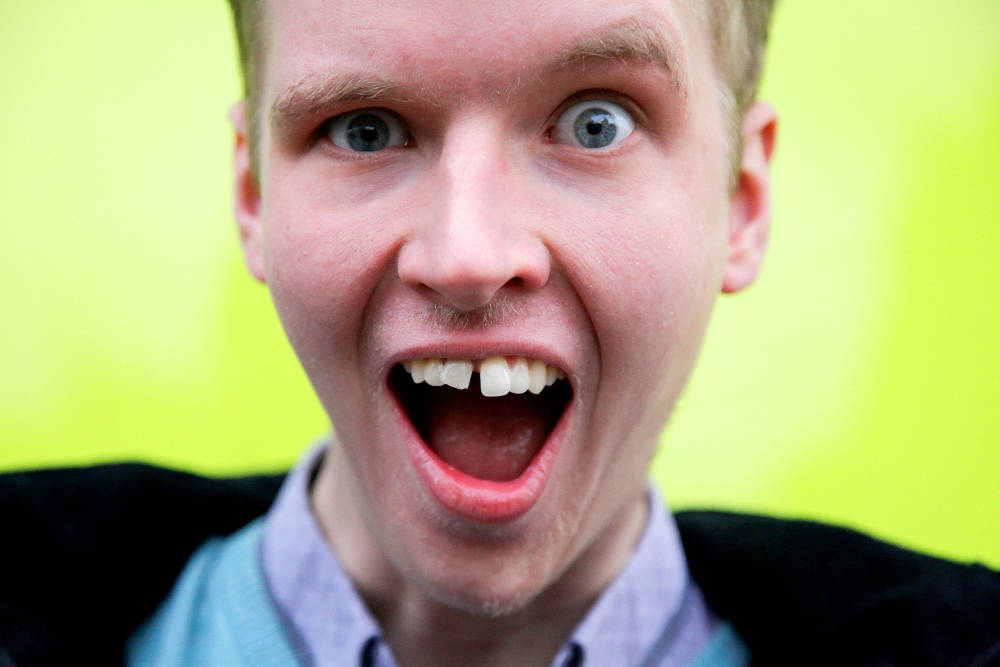Learning to relax can help us to feel calmer when things are getting too much. Relaxation starts with our breathing; here are a few tips to try before doing a breathing exercise:
- If you’re sitting down, put your feet flat on the floor
- Sight upright but not tense, with your shoulders relaxed
- Close your eyes if that feels okay
- Take deep breaths – imagine there is a balloon inside your tummy which fills up so that your belly expands
Here is a simple breathing exercise:
- Breathe in through your nose for a count of 3
- Breathe out through your mouth for a count of 5
- Every time you breathe out, imagine you are getting rid of all the tension in your body and worries in your mind
- Keep doing this for a few minutes
The great thing about this exercise is that you can use this in any situation, and if you keep your eyes open nobody even has to know you’re doing it.
Another technique is called progressive muscle relaxation. This is particularly useful to do in bed if you’re finding it hard to get to sleep. Sit comfortably or lie down, and then you are going to tense different muscles in your body. For each, take a deep breath and squeeze the muscles quite hard for five seconds. Then let the muscles relax whilst breathing out.
- Feet – curl your toes downwards
- Lower legs and feet – pull your toes towards you
- Entire legs – tense thigh muscles whilst doing above
- Hand – clench fists
- Entire arms – tighten your biceps like a weightlifter showing off!
- Bum – pull your buttocks together
- Stomach – suck your tummy in
- Chest – tighten by taking a deep breath
- Neck and shoulders – raise your shoulders up towards your ears
- Mouth – open your mouth wide to stretch the hinges of your jaw
- Eyes – clench your eyelids tightly shut
- Forehead – raise your eyebrows as high as possible


